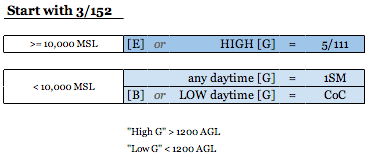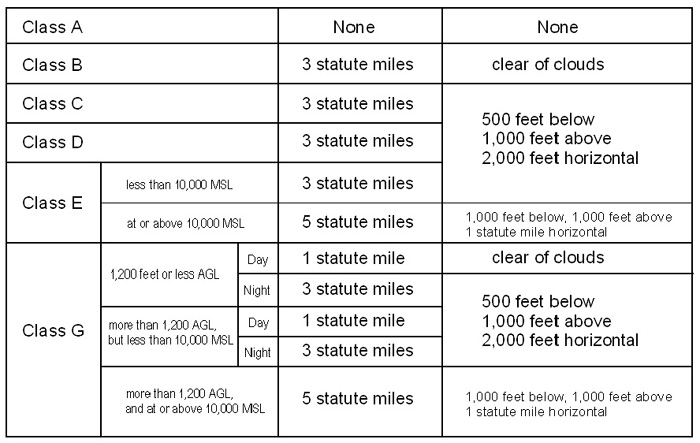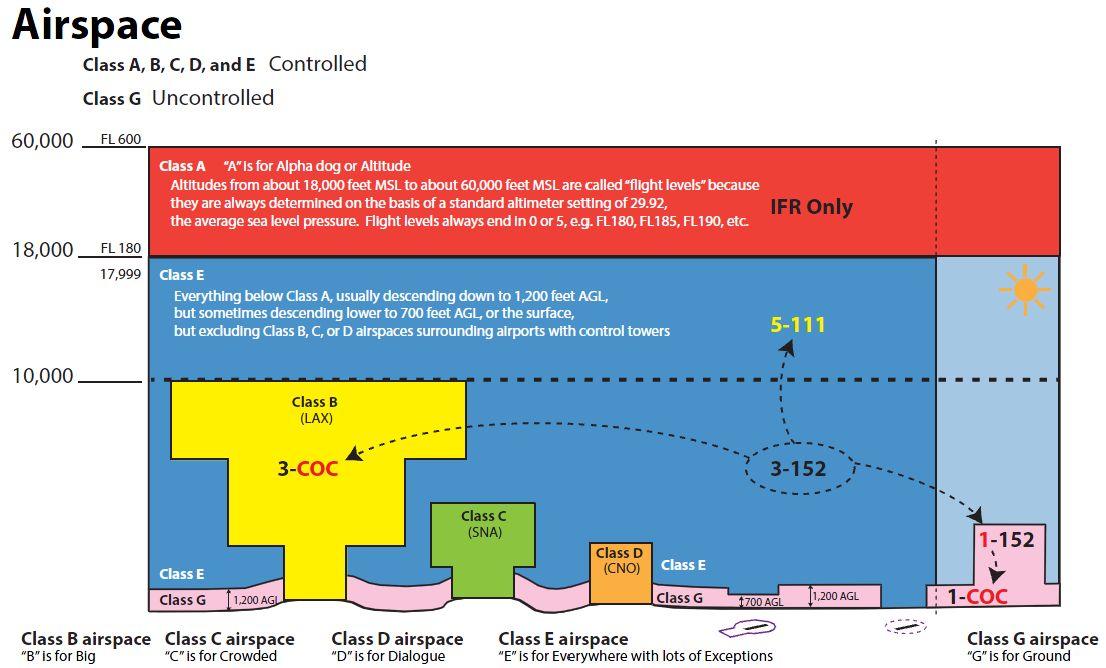bqmassey
Line Up and Wait
I've always had an easier time retaining conceptional information, such as aerodynamics or how an aircraft's systems work, than other people I know. I've always had a much more difficult time retaining pure information, such as a particular aircraft's V speeds, than other people I know and study with. As with a lot of people, memorizing VFR Minimums has proven to be a challenge.
I was busy trying to memorize them tonight, and a pattern stood out to me. This works well for me because it's in the form of a process, and limits the rote memorization. I'm posting this in hopes that it might help other people who learn the way I do.

Consider each line a separate test. If it applies, make that change to the default 3/152.
I was busy trying to memorize them tonight, and a pattern stood out to me. This works well for me because it's in the form of a process, and limits the rote memorization. I'm posting this in hopes that it might help other people who learn the way I do.

Consider each line a separate test. If it applies, make that change to the default 3/152.
Last edited:


